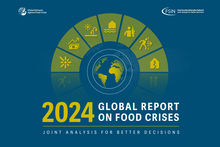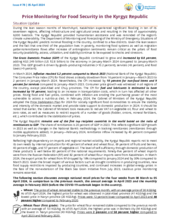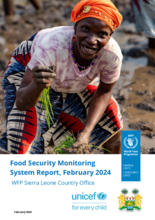At the World Food Summit of 1996, member states of the United Nations committed themselves to eradication of hunger. In 2017 this commitment was reiterated as the Zero Hunger Challenge under the Sustainable Development Goal 2 which aims to end hunger, achieve food security and improved nutrition and promote sustainable agriculture. This is consistent with the mission of the World Food Programme, for which eradication of hunger has long been a priority area.
A first step towards this goal is an information base on food insecurity. Zoning a country by food security contributes towards a better understanding of the problem. The food security zones of Iraq are based on production of cereals and livestock, population, wealth (ability to purchase food if available) and accessibility. The division takes into consideration the current land use, soils, topography, climate, industrial development (for wealth and income opportunities) and population density. A classification based on empirical evidence, along the four pillars of food security, offers a perspective beyond the traditional ethno-religious classification of Iraq. Districts of a zone bear common issues and common resolutions facilitating area specific policy formulation and programme design.
| Document | File |
|---|---|
| Food Security Zones of Iraq, March 2018 |
HTML | 2.5 KB
Download
|



